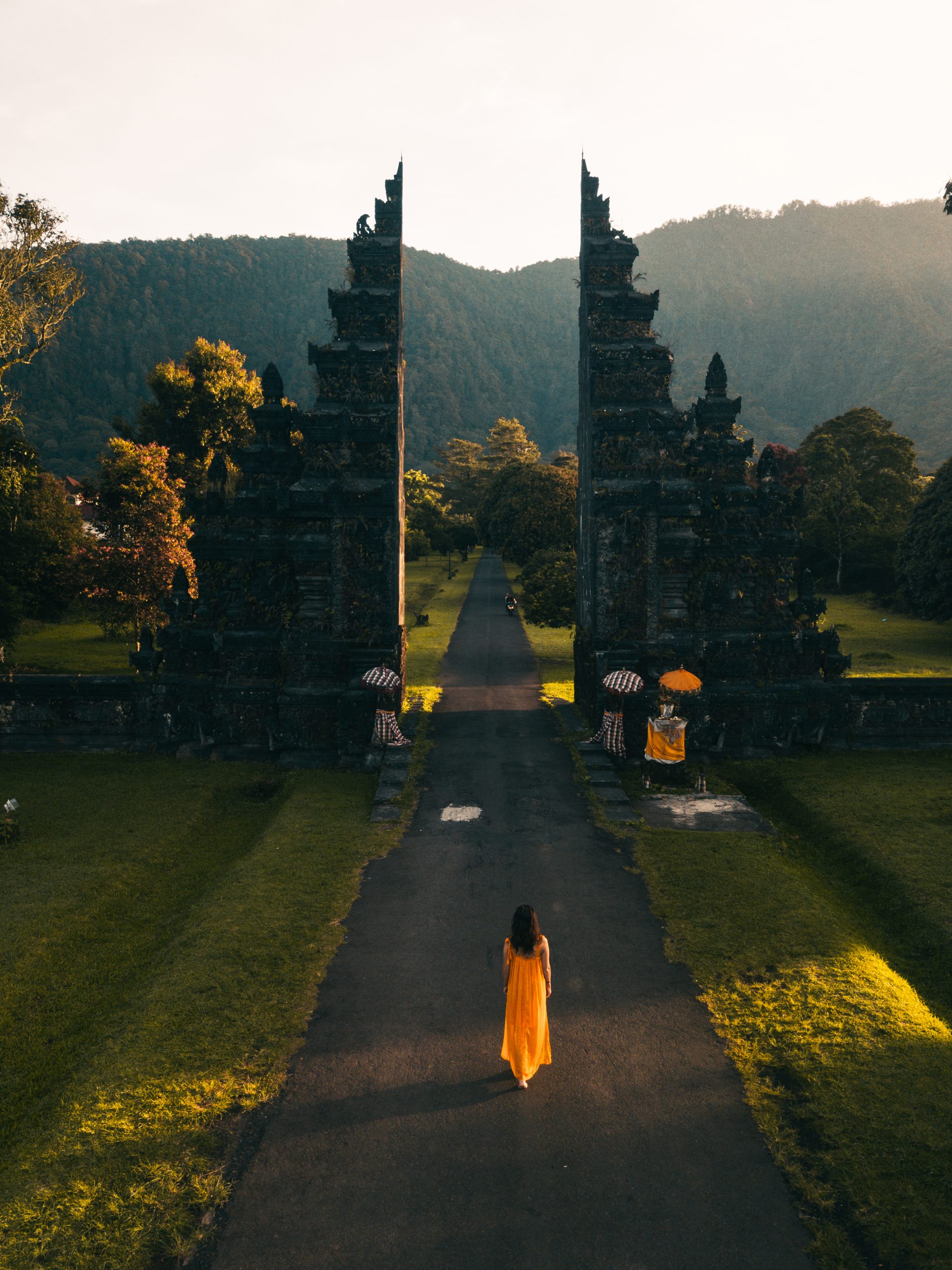Visitors have accessed this post 172 times.
India, a country that offers a blend of diverse culture, heritage, history, and breathtaking landscapes, is a remarkable tourist destination. Tourism is one of the vital sectors in the Indian economy that contributes significantly to its growth. The country offers an array of attractions such as ancient monuments, lively cities, holy places, mountains, and beaches. The Indian Tourism Industry has been flourishing for decades, and it has the potential for considerable expansion. In this essay, we will explore some of the essential aspects of Indian tourism, including its history, attractions, government policies, future prospects, and challenges.
The history of Indian tourism dates back to the ancient times of the Mauryan dynasty. The Mauryan emperor Ashoka encouraged the development of routes for traveling to encourage the pilgrimage to the holy places. The development of tourism in India continued through various dynasties, including the Mughal and the British era. India attracted travelers from across the world, including Alexander the Great, Ibn Battuta, and Marco Polo. The British era further contributed to the development of Indian tourism by building the infrastructure, such as railways, roads, and hotels.
In the present day, India offers a multi-dimensional tourism experience. The country boasts of historic monuments such as the Taj Mahal, Red Fort, and the Qutub Minar. There are also many religious places of significance, with pilgrimage sites like the Kashi Vishwanath Temple, Golden Temple, Ajmer Sharif, and the Vaishno Devi temple. Apart from these, India has also developed hill stations and beaches, such as Manali, Shimla, Goa, and Kanyakumari, to name a few. India offers an array of adventure sports opportunities such as trekking in the Himalayas, skiing, white water rafting, scuba diving, and more, making it a perfect destination for adventure enthusiasts.
The Indian Government has recognized the significance of tourism and has developed several policies to promote it. The Ministry of Tourism’s Incredible India campaign aims to project India as a unique travel destination to the world. The government has also introduced a policy of e-visa to allow tourists to get a visa quickly and easily. Additionally, the government has identified several tourist circuits, such as the Buddhist Circuit, the Himalayan Circuit, and the Wildlife Circuit, to promote tourism in specific regions of the country.
The tourism industry in India has an immense potential for growth. India’s diversity, heritage, and culture, combined with modern infrastructure and hospitality, make it an attractive tourist destination. The World Travel and Tourism Council have predicted that India will become the world’s third-largest tourism economy by 2028. With the rising middle class of the country, the domestic tourism market is also poised for significant growth.
Despite the potential growth opportunities, Indian tourism faces several challenges. One of the most significant challenges is the lack of infrastructure and the poor-quality services. The country lacks well-maintained roads, airports, and transportation services. The quality of hygiene and cleanliness in public places and evident tourist destinations is often inadequate. There is often insufficient tourist information available, making it difficult for foreigners to navigate through the country.
Another challenge Indian tourism faces is security concerns. The country faces several issues such as theft, terrorism, and protests that pose a threat to the security of tourists. The frequent occurrence of sexual assault and harassment incidents on foreign tourists has also negatively impacted the tourism industry in India. As a result, tourists often feel unsafe while traveling within the country, leading to the reduction in the number of tourist visits.
The economic disparity also poses a threat to the growth of the tourism industry in India. The majority of the tourism-generated revenue is concentrated in major metropolitan areas, and the rural and underdeveloped areas do not benefit significantly from the tourism industry. This creates a gap between the development of tourism infrastructure and the economic growth of the country’s remote areas.
In conclusion, India, with its heritage, culture, and diverse landscapes, has a lot of potential to expand its tourism industry. The Indian government has recognized this potential and has been taking steps to promote it. However, the growth of the tourism industry faces several challenges, such as poor infrastructure, security concerns, and income disparity. The Indian government, tourism industry stakeholders, and the private sector need to work together to overcome these challenges. If India can overcome these challenges, it has the potential to become one of the world’s most visited tourist destinations, generating more revenue, economic growth, and employment opportunities
